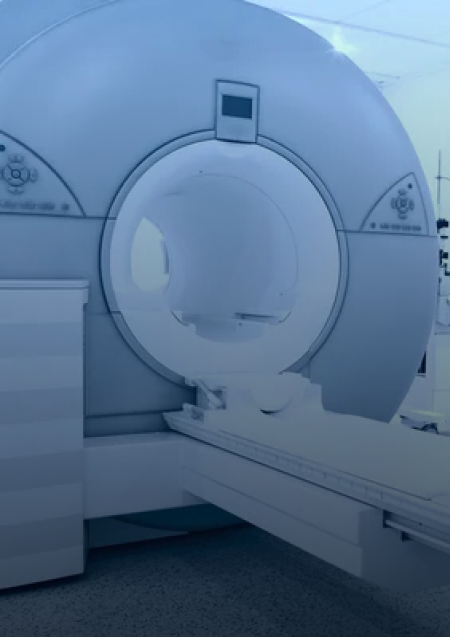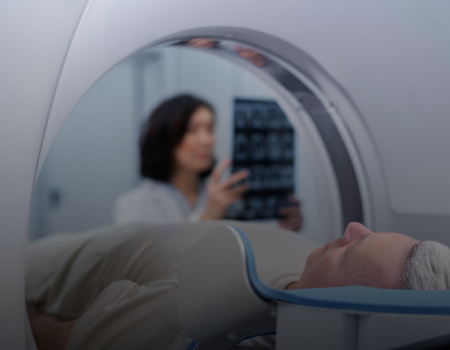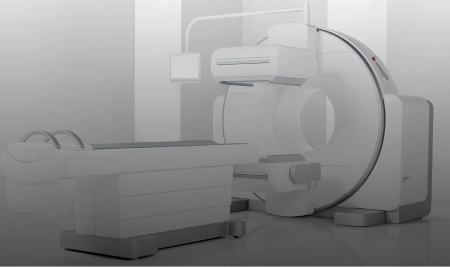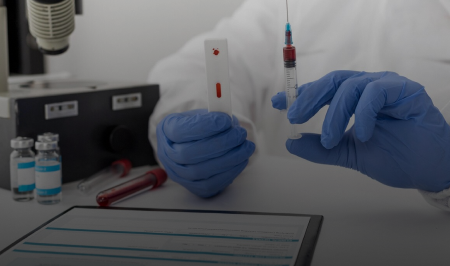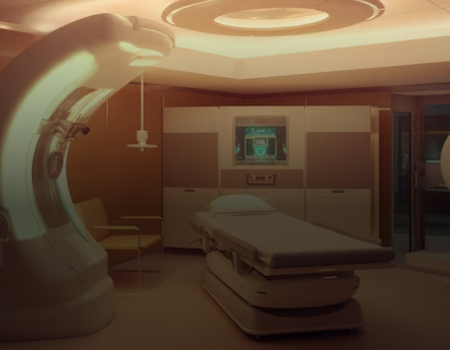A Destination For Best PET Scan In Bangalore
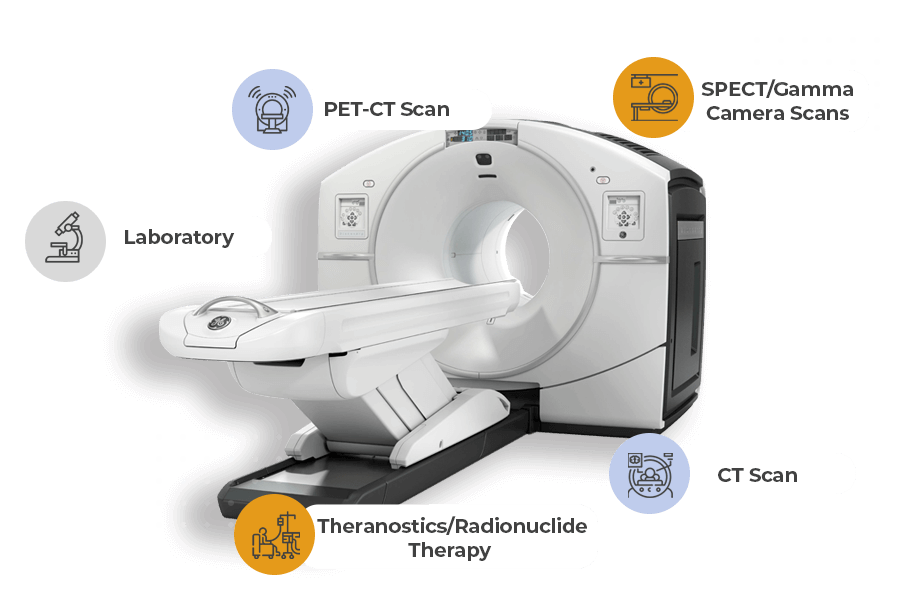
Book PET Scan Services In Bangalore
imaging services with accurate results. Save time by scheduling an appointment online today.
Types Of PET Scans
FDG PET CT
This is the most commonly used PET CT Scan. FDG PET CT scans are a valuable tool for diagnosing, staging, and monitoring treatment of most of the cancer.
PSMA PET CT scan
Used for diagnosing, staging, monitoring prostate cancer and also identifying the source of rising PSA.
DOTANOC PET/CT
DOTANOC PET/CT, is a specialized imaging technique used to diagnose and monitor neuroendocrine tumors (NETs).
FAPI PET/CT
FAPI PET/CT scans target elevated FAP in cancers, aiding early detection, especially in those with low metabolic activity or aggressive behavior
The Next Generation Technology is Here at Kiran PET CT - GE-DISCOVERY IQ GEN 2
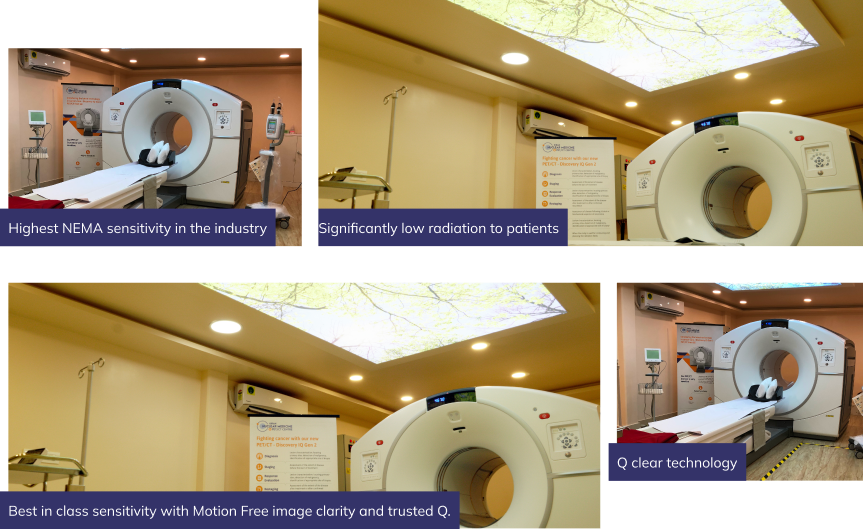
Best PET Scan For Cancer Detection In Bangalore
Same Day Report
PET Scan Result
15000+
Happy Customers
Google 4.9
Happy Customer Rating
Centre For Full Body PET Scan In Bangalore
Team of dedicated doctors and nurses leave no stone unturned and take into account everything when it comes to cancer detection and prevention. As the best Pet scan centre in Bangalore, our holistic approach assures you that our actions are wisely chosen, and we ensure to include all aspects of care in our service by providing the best PET scans. By utilising the power of cutting-edge technology and globally acclaimed nuclear medicine cancer specialists, we provide holistic cancer care through high precision diagnosis.

Fast and Accurate Results
Our PET/CT scans deliver swift & precise diagnoses, ensuring timely insights into your health

Skilful and Talented Team
Trust in the expertise of our skilled professionals who are dedicated to providing unparalleled care.
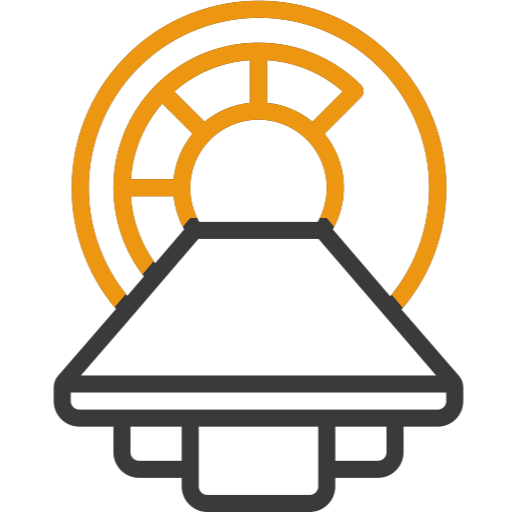
World Class Technology
Experience the latest advancements in medical imaging technology with our state-of-the-art PET/CT equipment.

Onestop Lab Centre
Streamline your healthcare journey with our comprehensive lab services under one roof.
Meet Our Doctors
Blogs
Knowledge Is The Key To Wellness
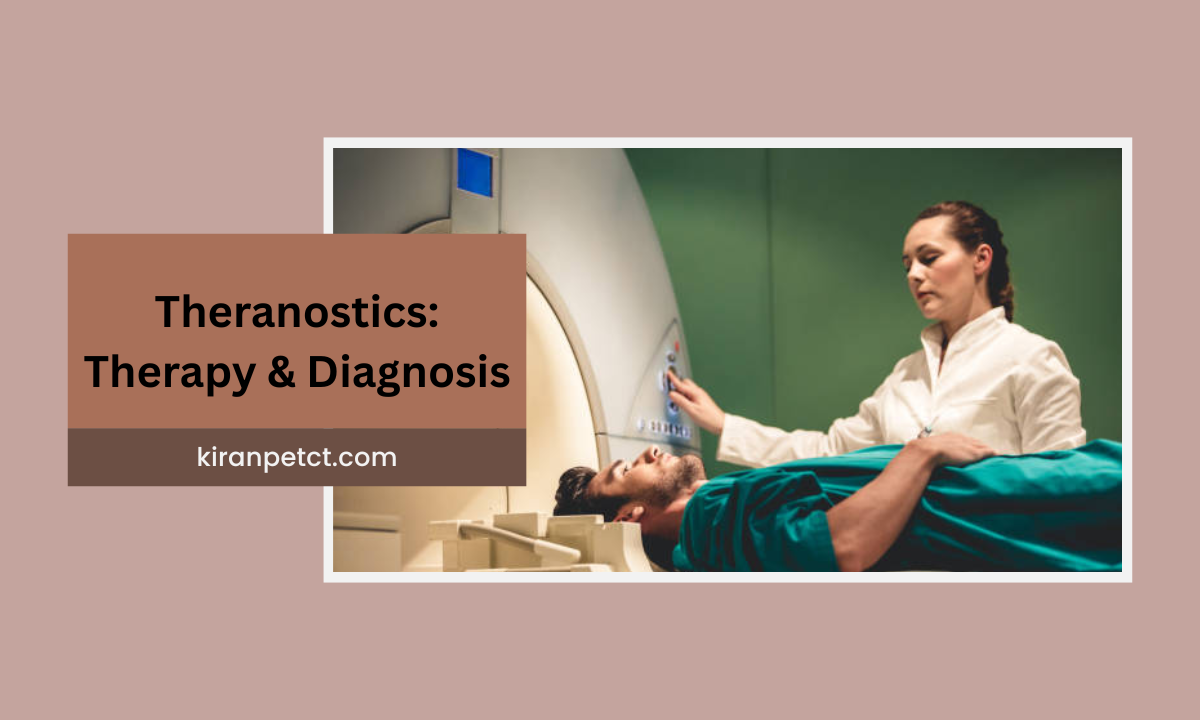
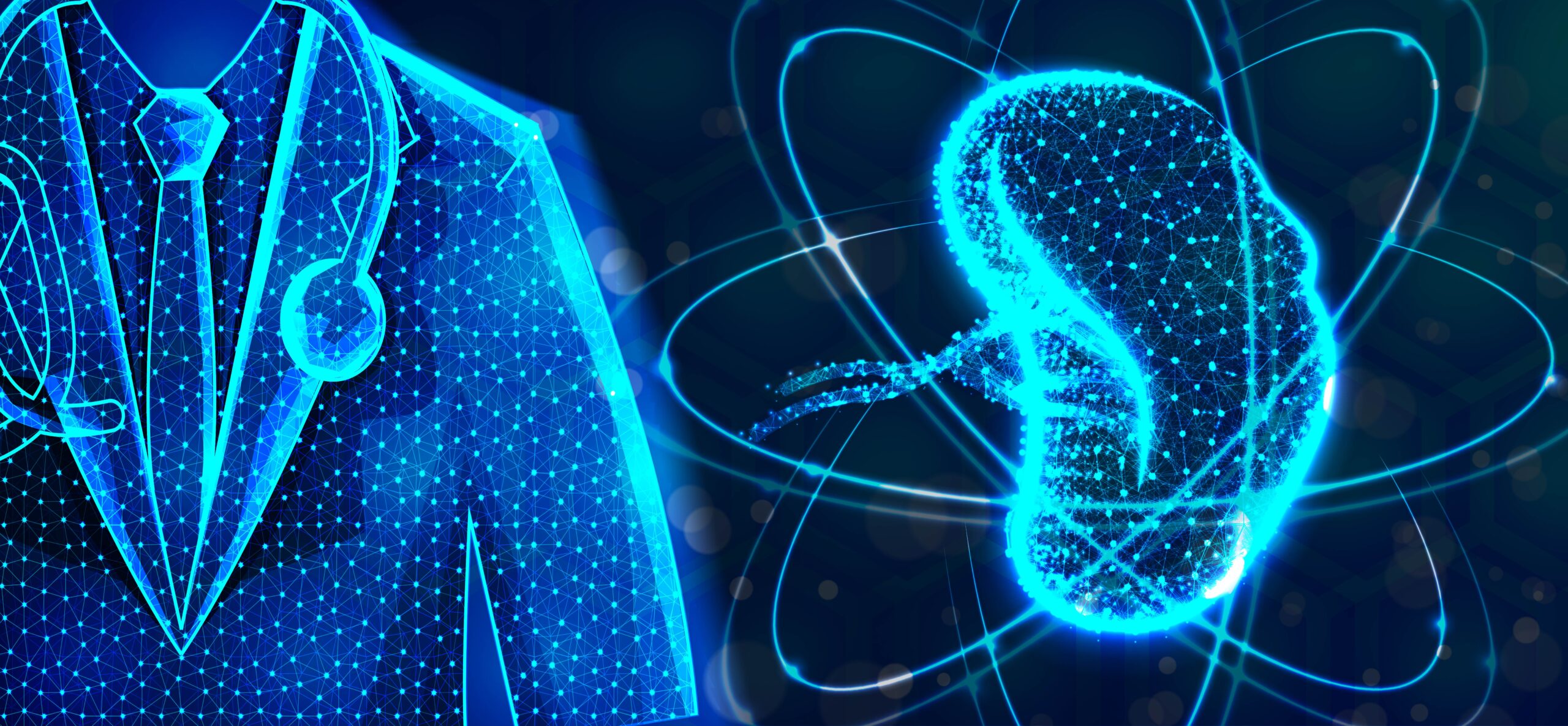
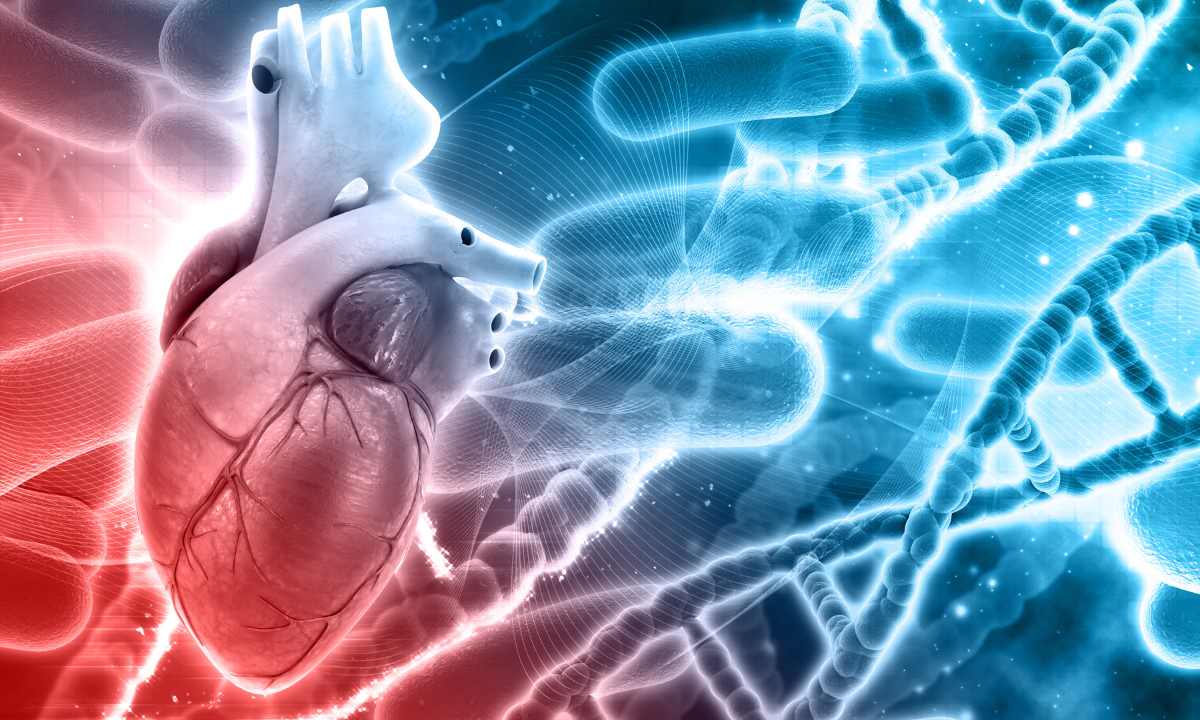

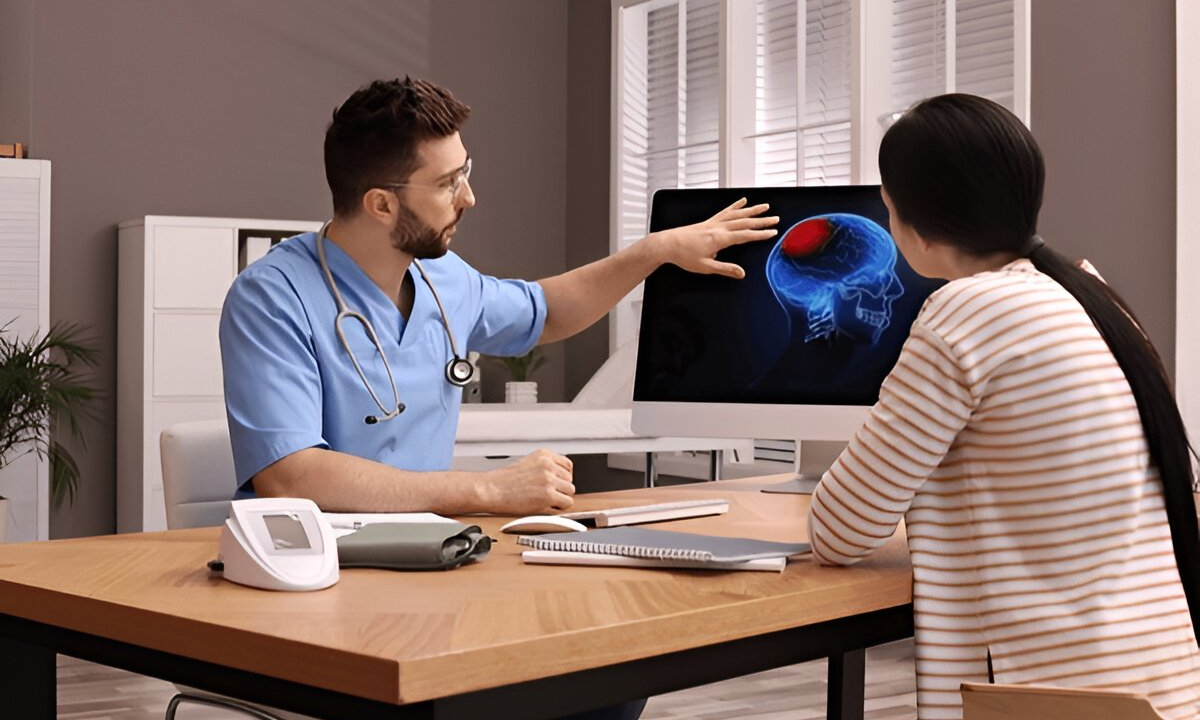
Frequently asked questions
During the scan, you lie still on a table that slides into the circular donut shaped PET scanner. The scan itself only takes around 30 minutes as images are captured. It’s non-invasive but you may feel slightly claustrophobic inside the machine. Try to keep still as movement can blur results.
During the scan, you lie still on a table that slides into the circular donut shaped PET scanner. The scan itself only takes around 30 minutes as images are captured. It’s non-invasive but you may feel slightly claustrophobic inside the machine. Try to keep still as movement can blur results.

